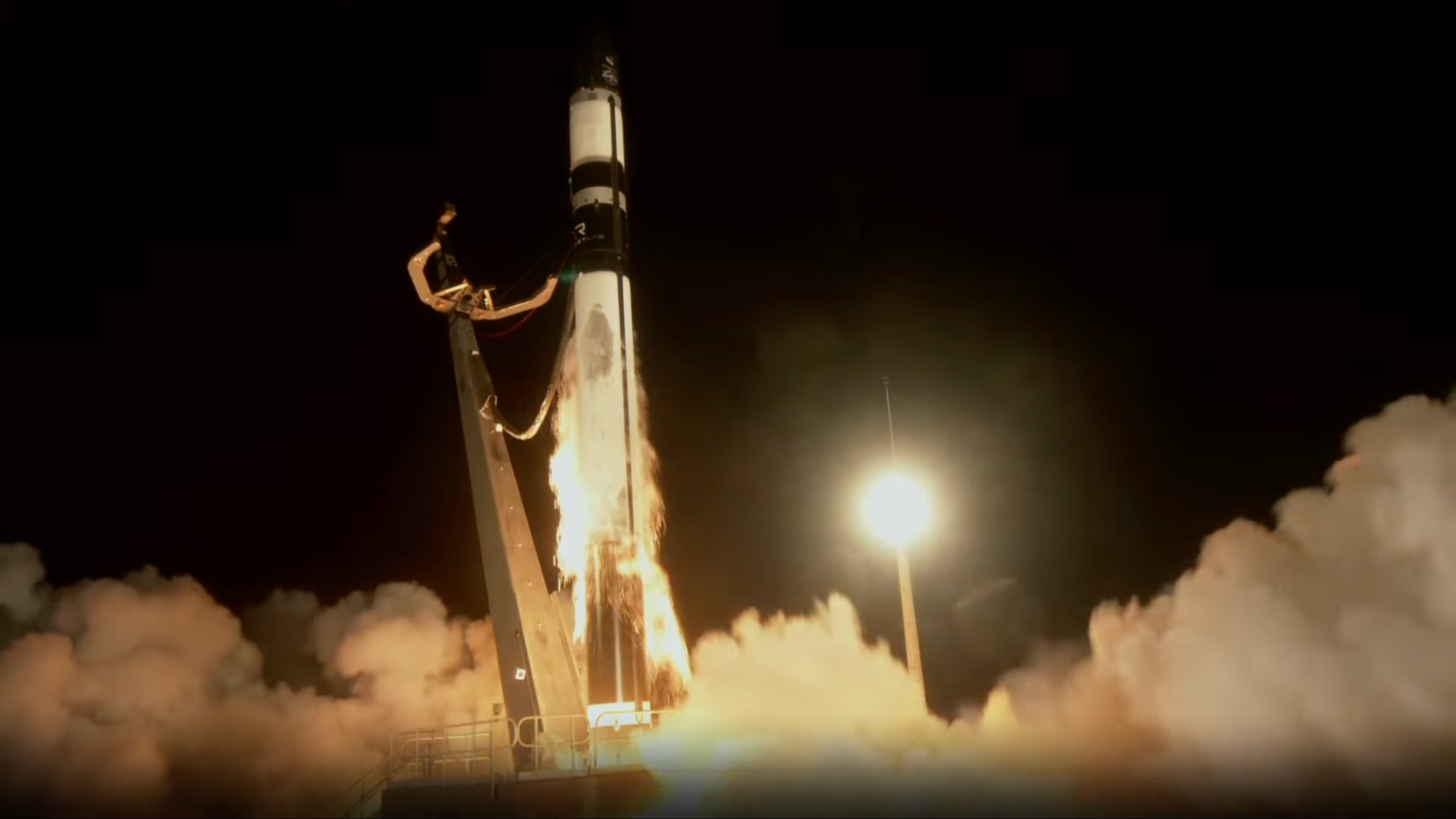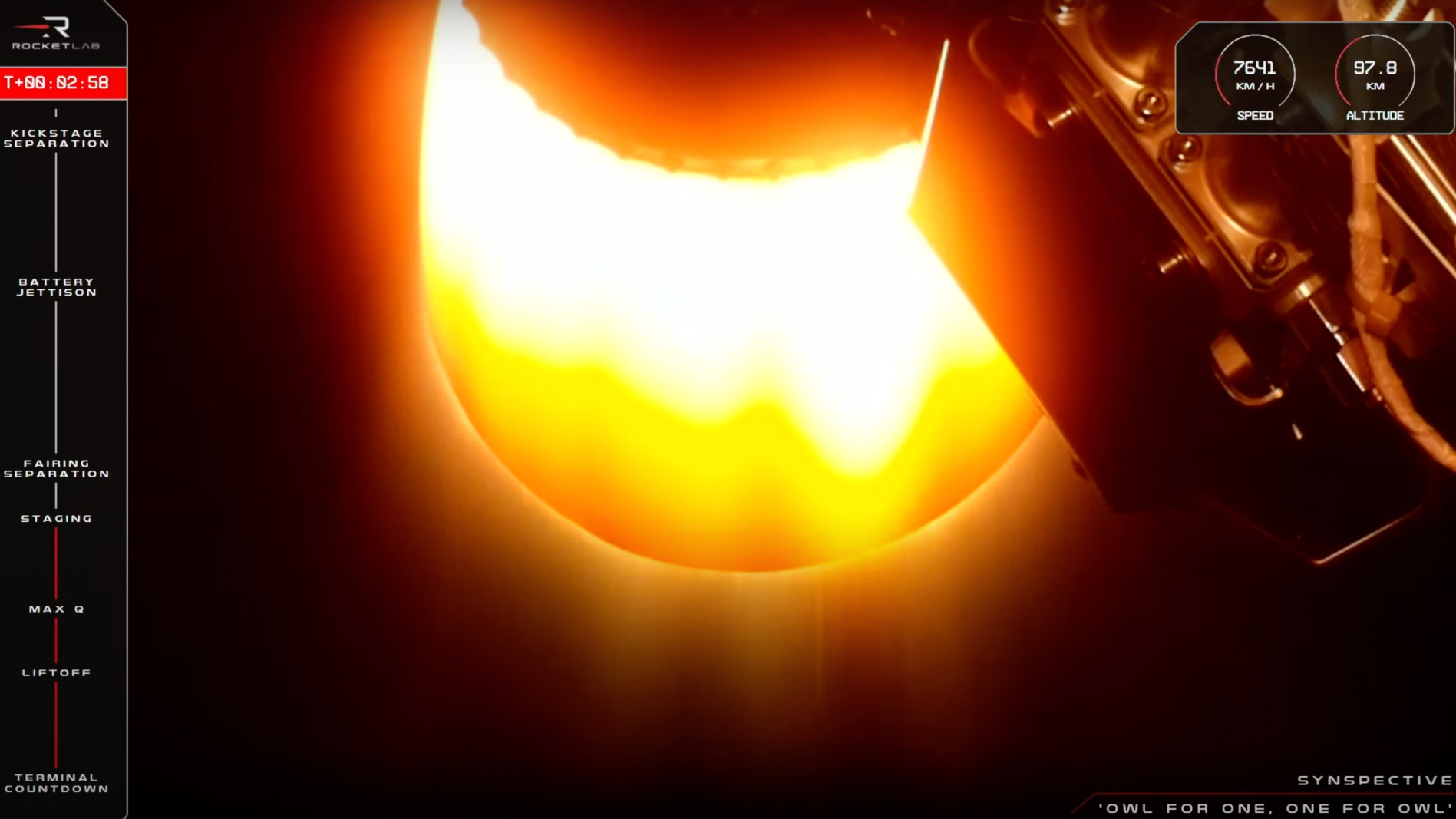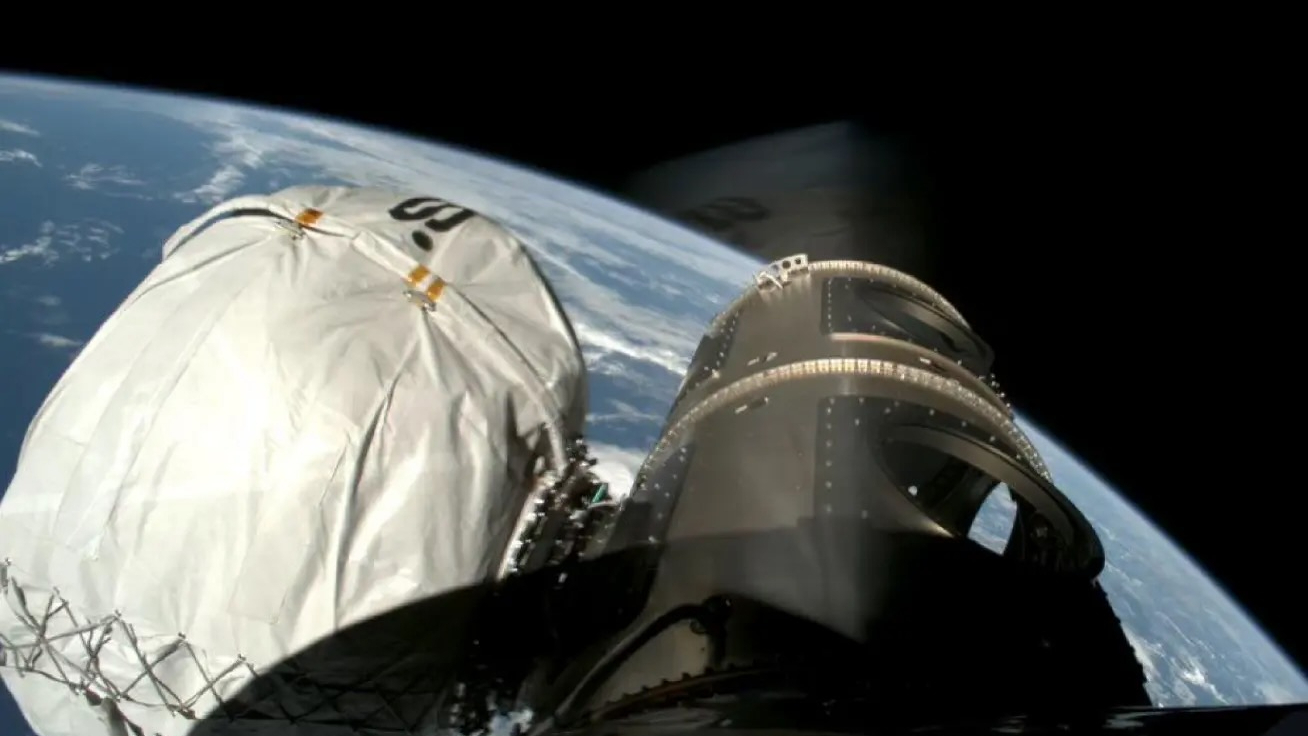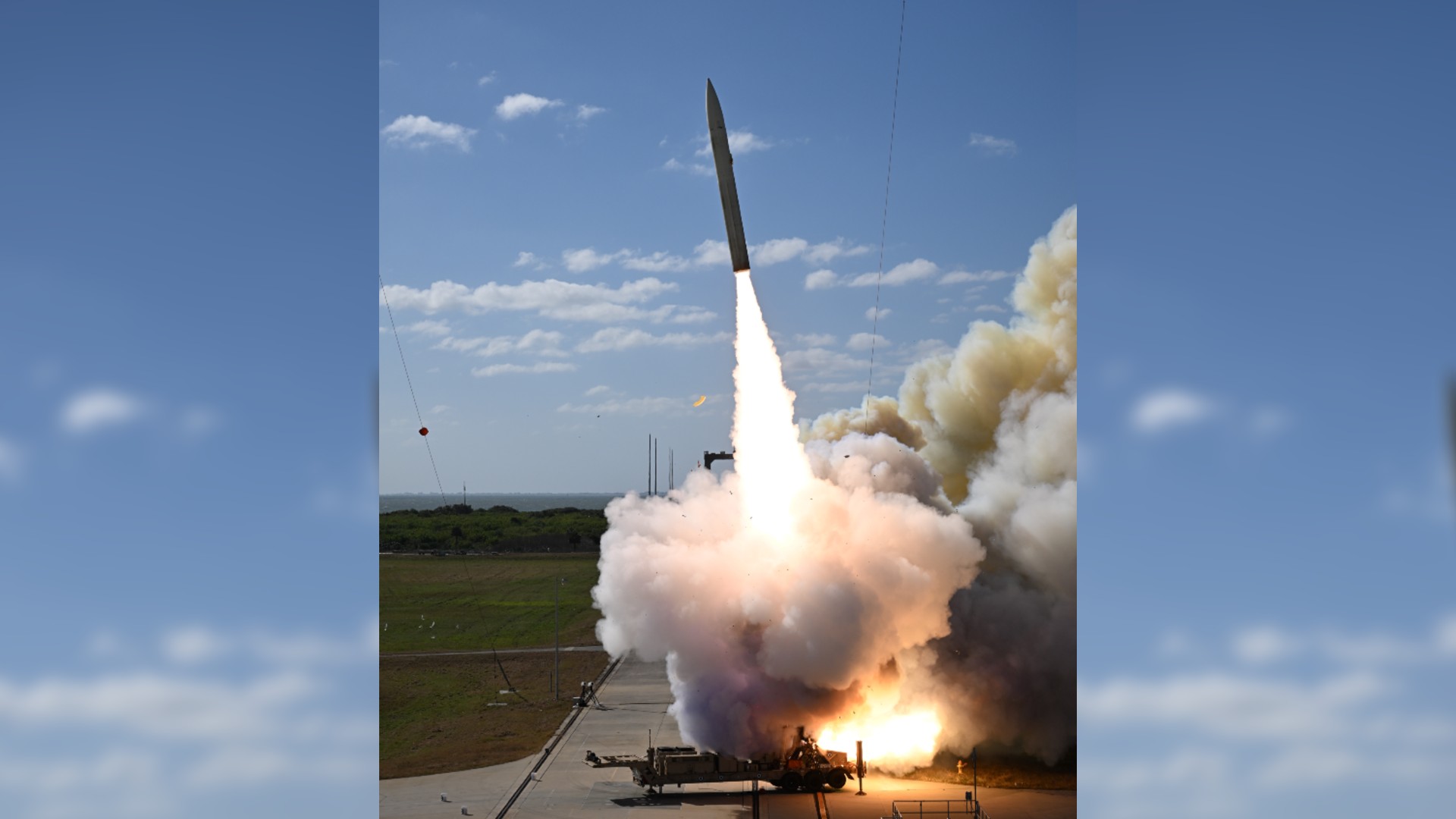Rocket Lab launched a sharp-eyed Earth-observing radar satellite to orbit today (Aug. 2).
An Electron vehicle lifted off from Rocket Lab's New Zealand site today at 12:39 p.m. EDT (1639 GMT; 4:39 a.m. on Aug. 3 New Zealand time). The launch was originally targeted for Tuesday (July 30), but bad weather pushed it back a few days.
The Electron carried one of Japanese company Synspective's Strix synthetic aperture radar (SAR) satellites to low Earth orbit. Strix is a widespread genus of owls, which explains the name that Rocket Lab has given to the mission: "Owl for One, One for Owl."

Synspective's constellation is "designed to deliver imagery that can detect millimeter-level changes to the Earth's surface from space," Rocket Lab wrote in a mission description. This constellation is in progress; it will be built via 16 Electron launches, five of which have now taken place.
All went according to plan today: The Strix satellite was deployed into a circular orbit 337 miles (543 kilometers) above Earth about 57 minutes after liftoff. It was Rocket Lab's ninth launch of 2024 and the company's 51st mission overall.
Related: Rocket Lab launches a commercial radar-imaging satellite in dramatic night liftoff (video)

Rocket Lab is working to make the first stage of the 59-foot-tall (18 meters) Electron reusable. The company has recovered boosters from the ocean on multiple previous missions, for example, and has even reflown an engine.
Get the Space.com Newsletter
Breaking space news, the latest updates on rocket launches, skywatching events and more!
But no such activities were apparently planned for "Owl for One, One for Owl;" Rocket Lab's mission description doesn't mention anything about a booster recovery, and commentators didn't discuss the possibility during today's launch webcast.
Editor's note: This story was updated at noon ET on July 31 with news of the new target launch date of Aug. 2, then again at 1:40 p.m. ET on Aug. 2 with news of successful launch and satellite deployment.
Join our Space Forums to keep talking space on the latest missions, night sky and more! And if you have a news tip, correction or comment, let us know at: community@space.com.

Michael Wall is a Senior Space Writer with Space.com and joined the team in 2010. He primarily covers exoplanets, spaceflight and military space, but has been known to dabble in the space art beat. His book about the search for alien life, "Out There," was published on Nov. 13, 2018. Before becoming a science writer, Michael worked as a herpetologist and wildlife biologist. He has a Ph.D. in evolutionary biology from the University of Sydney, Australia, a bachelor's degree from the University of Arizona, and a graduate certificate in science writing from the University of California, Santa Cruz. To find out what his latest project is, you can follow Michael on Twitter.









